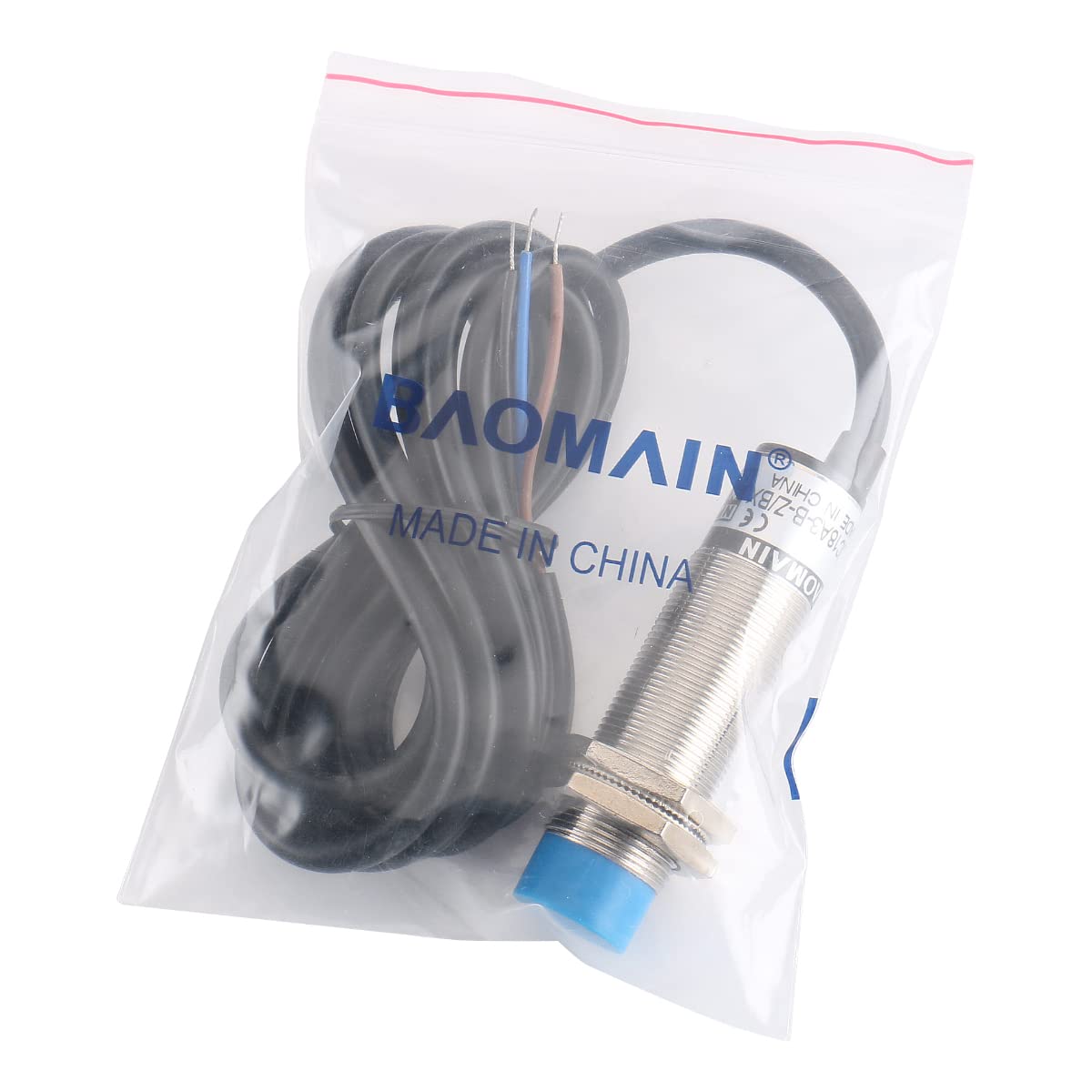Customer Services
Copyright © 2025 Desertcart Holdings Limited
Desert Online General Trading LLC
Dubai, United Arab Emirates








🔧 Elevate Your Automation Game!
The Baomain Capacitive Proximity Sensor Switch LJC18A3-B-Z/BX is a high-performance NPN NO sensor designed for precise detection of both metal and non-metal objects within a 1-10mm range. With a robust operating temperature of -25 to +65°C and a compact design, this sensor is perfect for various industrial applications, ensuring reliability and efficiency.
| Manufacturer | Baomain |
| Part Number | LJC18A3-B-Z/BX |
| Item Weight | 4.2 ounces |
| Package Dimensions | 9.57 x 4.06 x 1.26 inches |
| Item model number | LJC18A3-B-Z/BX |
| Is Discontinued By Manufacturer | No |
| Material | Metal,Plastic, Alloy |
| Item Package Quantity | 1 |
| Batteries Included? | No |
| Batteries Required? | No |
D**A
CR10s Pro Replacement Part
Worked perfectly as a replacement for CR10s Pro. Just needed to solder the wires to the existing connector
T**R
A little twaeking but works great! Best one yet and this is #3
Great proximity sensor for anet a8 factory. I have heated alluminum bed covered in painters tape and skynet firmware.
C**S
Great little sensor for our use.
We used this to detect whether or not an object was present, which it worked great for. Using the sensor itself to trigger a relay has worked well, but we have had 2 die in a couple years of use. Our environment is full of dust and vibrations though, so very tough on electronics. Worked great for prototyping, and we kept it in the product as it's cheap and easy to switch out if needed.
W**L
Better quality than the last one I had
Better quality than the last one I had. Works perfectly for bed leveling my Anet A6 with aluminum heat bed and glass. I powered mine of 12v and put a diode on the signal wire(black) for the Z.
F**L
Amazing sensor to detect objects, terrible in practice
This is an amazing proximity sensor, it can detect multiple types of objects and not just metal, which includes my finger, glass, and wood.Update: After a lot of testing, I cannot get this proximity sensor to accurately produce the same results each time using an Arduino to test it. How I have it wired up: Positive (brown) to 12v+ source (atx power supply), negative (blue) to ground, and signal (black) to a zener diode, then to the Arduino.It detects objects, but the distance it detects it at varies a lot. Let's say the initial distance is 1mm, the next time it might be 0.8mm, then the time after might be 1.4mm.Even using this on a 3d printer makes it's application even worse.Either I'm using it wrong with my wiring, and the sensor is just too unreliable for precise applications to detect glass.
R**K
Works Good
Works really good. The adjustment on it is very small. But, it does work.
J**N
Avoid for 3d printing
It works to a certain resolution (.5mm or less), but it is no where near reliable enough for use with a 3d printer.
F**S
Five Stars
Perfecto
Trustpilot
1 month ago
2 months ago